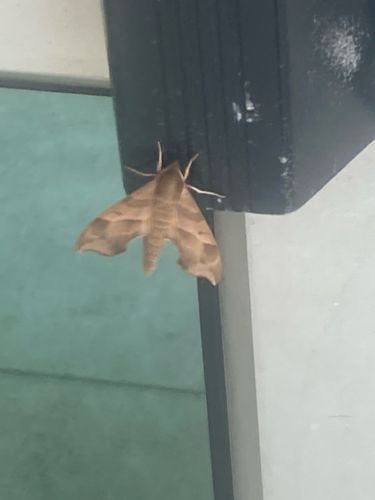Hummingbird Hawk-moth
Scientific Name: Macroglossum stellatarum
Order & Family: Lepidoptera (moths and butterflies), Sphingidae (hawk-moths or sphinx moths)
Size: Wingspan typically ranges from 40-50 mm (1.6-2 inches).

Natural Habitat
Found in a variety of habitats including gardens, meadows, woodlands, and coastal areas, particularly where nectar-rich flowers are available. They are migratory and can be found across Europe, North Africa, and parts of Asia.
Diet & Feeding
Adults feed on nectar from a variety of flowers using their long proboscis. Larvae (caterpillars) feed on the leaves of plants such as bedstraw (Galium species), sometimes madder and valerian.
Behavior Patterns
Adult hummingbird hawk-moths are crepuscular and nocturnal, though they are often seen during the day, especially at dusk. They are capable of hovering in mid-air while feeding from flowers, similar to hummingbirds. Their flight is rapid and direct. Larvae feed on host plants before pupating in a cocoon underground.
Risks & Benefits
These moths are harmless to humans. They are beneficial pollinators for many plant species.
Identified on: 8/25/2025